Have you ever wondered what the world looks like from a bird’s eye view? In the early 1900s, a German apothecary (pharmacist) named Dr. Julius Neubronner found a way to capture this unique perspective using pigeons and tiny cameras. This wasn’t just a simple idea; it was a groundbreaking invention that changed how people thought about photography and aerial views.
Neubronner wasn’t new to using pigeons. He used them to deliver medications from his pharmacy to a nearby town. This experience gave him the idea to attach cameras to these birds. He wanted to find a faster way to get information about his health resort. He initially tried using larger cameras attached to balloons and kites, but these methods weren’t very practical. They were difficult to control and set up.
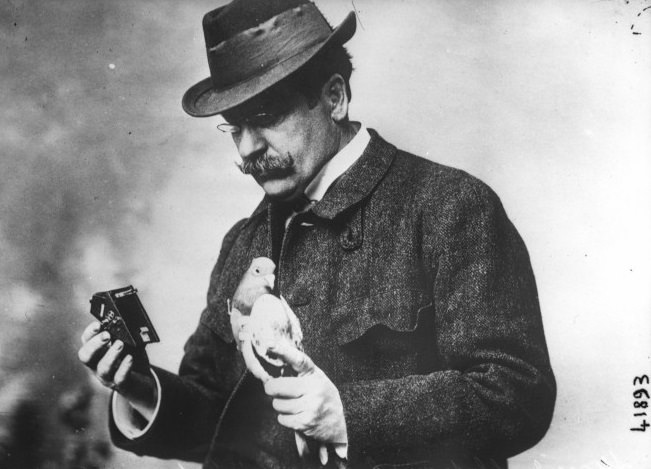
So, Neubronner turned his attention back to pigeons. He realized that their natural ability to fly home made them perfect for carrying small, lightweight cameras. He began developing a special camera that could be attached to a pigeon’s breast. This camera needed to be small and light enough for the bird to carry comfortably.
The camera itself was a marvel of engineering for the time. It was made of lightweight aluminum and had a clockwork mechanism, like a wind-up toy. This mechanism controlled when the camera took a picture. A timer was set before the pigeon was released. This timer would trigger the camera shutter at specific intervals during the flight.
The pigeons were specially trained for this task. They were raised in a coop near Neubronner’s home and trained to fly to a specific release point about 100 kilometers away. The camera was attached to the pigeon before its release. As the pigeon flew, the camera would automatically take pictures at set intervals.
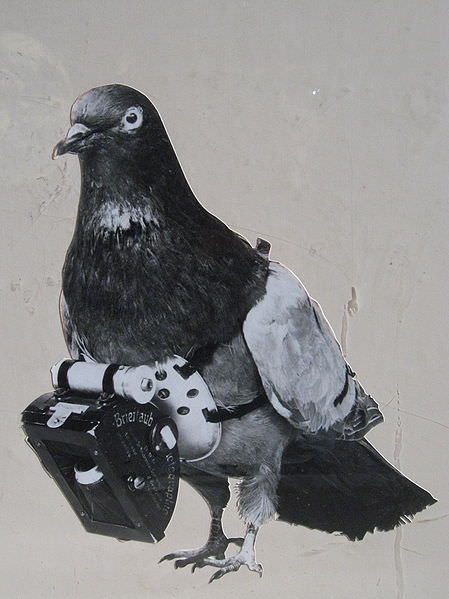
The process was quite ingenious. The camera was attached to a small aluminum breast harness. This harness was carefully designed not to restrict the pigeon’s movement. The camera weighed only about 70 grams, which is less than a quarter of a pound. This weight was manageable for the strong homing pigeons.
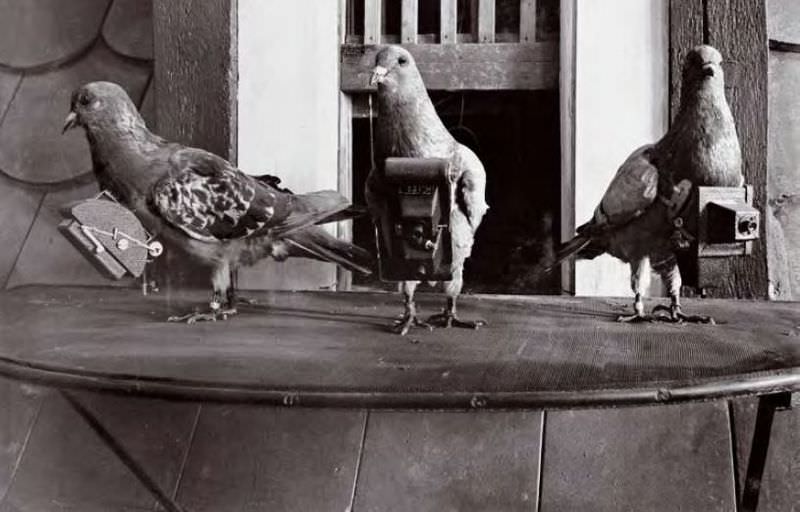
Once the pigeon reached its destination, the camera was carefully removed. The film inside the camera was then developed, revealing the aerial photographs. These pictures provided a unique perspective of the landscape below. They showed roads, fields, rivers, and towns from high above.
Neubronner’s invention took him several years of experimentation to perfect the camera and the harness. He had to figure out how to make the camera light enough, how to trigger the shutter automatically, and how to attach it securely to the bird without harming it.
In 1908, Neubronner finally received a patent for his miniature pigeon camera. This patent officially recognized his invention and its uniqueness. This was a big achievement for him. It validated all his hard work and dedication.
Neubronner then began showcasing his invention to the world. He presented it at international expositions in Dresden, Frankfurt, and Paris between 1909 and 1911. These expositions were like world fairs, where inventors and innovators showed off their latest creations.
The presentations were a huge hit. People were amazed by the idea of pigeons taking photographs from the sky. In Dresden, spectators could even watch the pigeons arrive back with their cameras. The photos were developed quickly and turned into postcards that people could buy. This was a very modern concept for the early 1900s.
The photos themselves were quite remarkable. They were taken from an altitude of about 50 to 100 meters (164 to 328 feet). This gave a clear view of the ground below. The images were circular, because of the shape of the camera lens. They showed a unique perspective that had never been seen before.
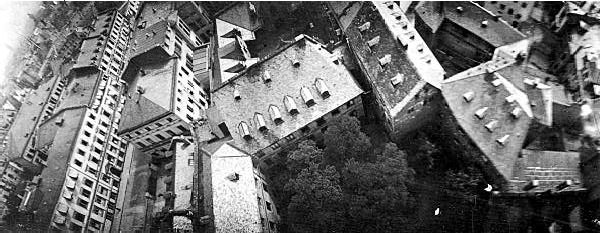
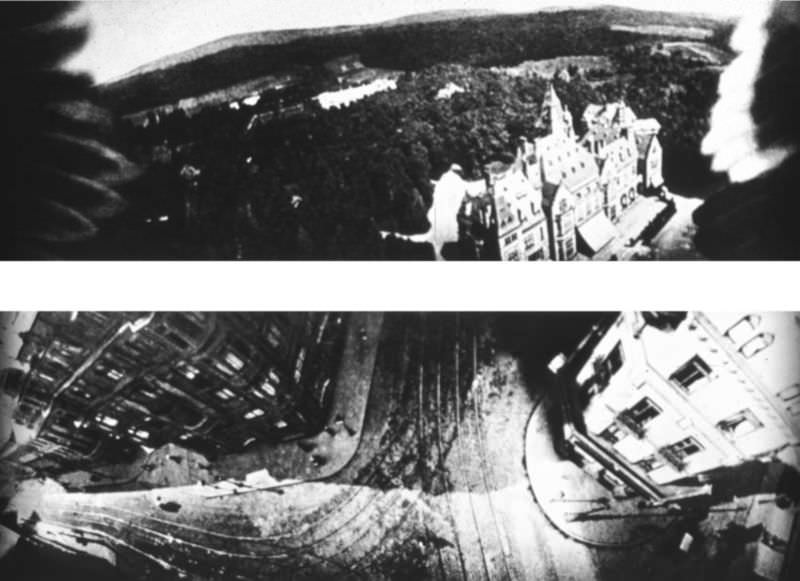
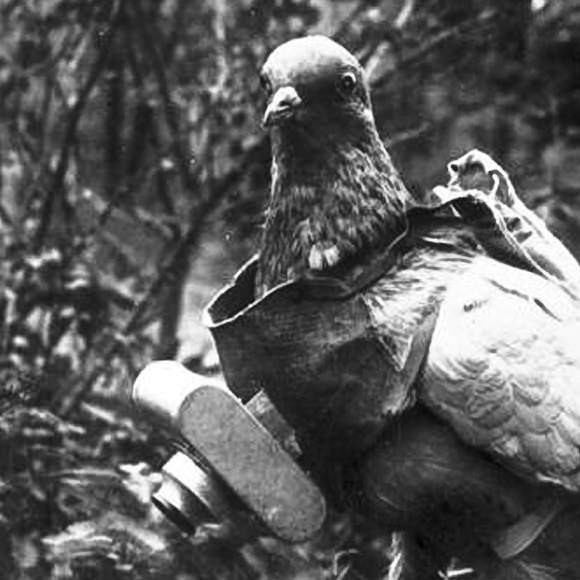
The pigeon camera system had several advantages. It was relatively inexpensive and easy to deploy compared to other aerial photography methods of the time, like balloons. Pigeons were readily available and didn’t require complex equipment to launch. This made the system practical for certain applications.
One of the main uses Neubronner envisioned for his invention was aerial reconnaissance. This means using the photos for military or surveillance purposes. Imagine being able to take photos of enemy positions from the air without risking human lives. This was a powerful concept, especially with the growing tensions in Europe at that time.
Another potential use was for mapping and surveying. The aerial photos could be used to create accurate maps of areas. This was particularly useful for mapping areas that were difficult to access on the ground.
The pigeon camera also had some limitations. The weather had to be good for the pigeons to fly and for clear photos to be taken. The distance the pigeons could fly was also limited. And, of course, the pigeons could sometimes get lost or attacked by predators.


